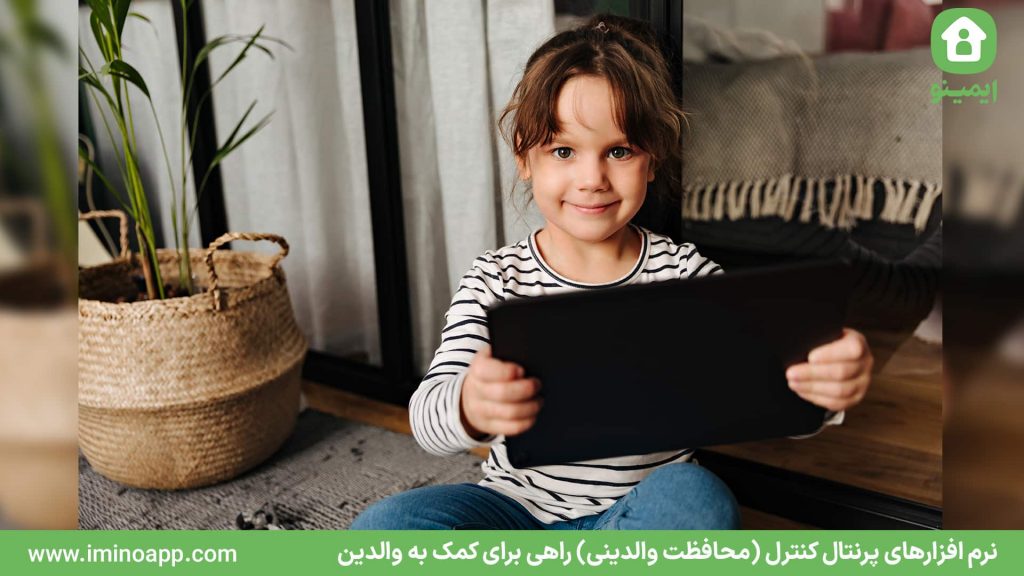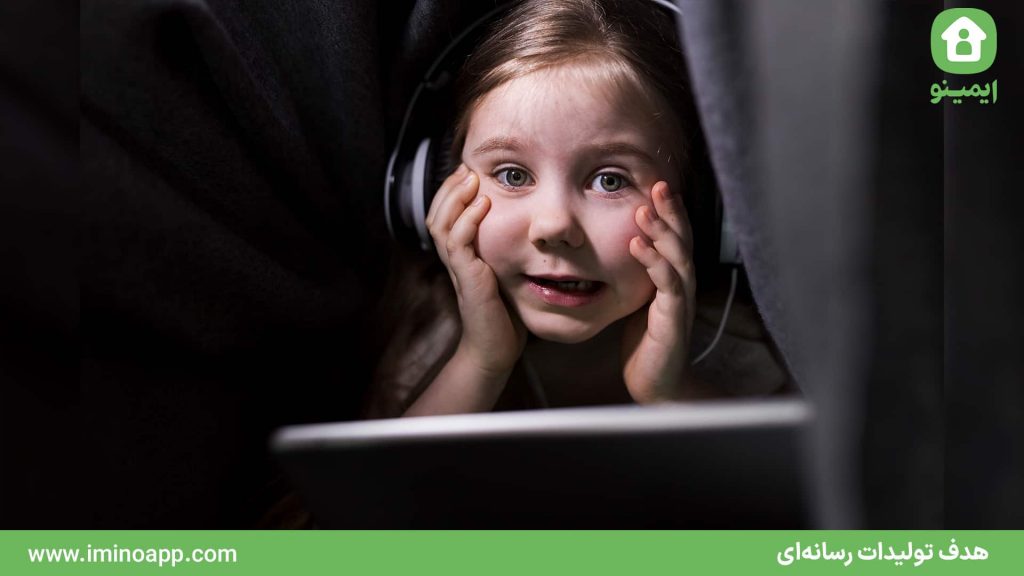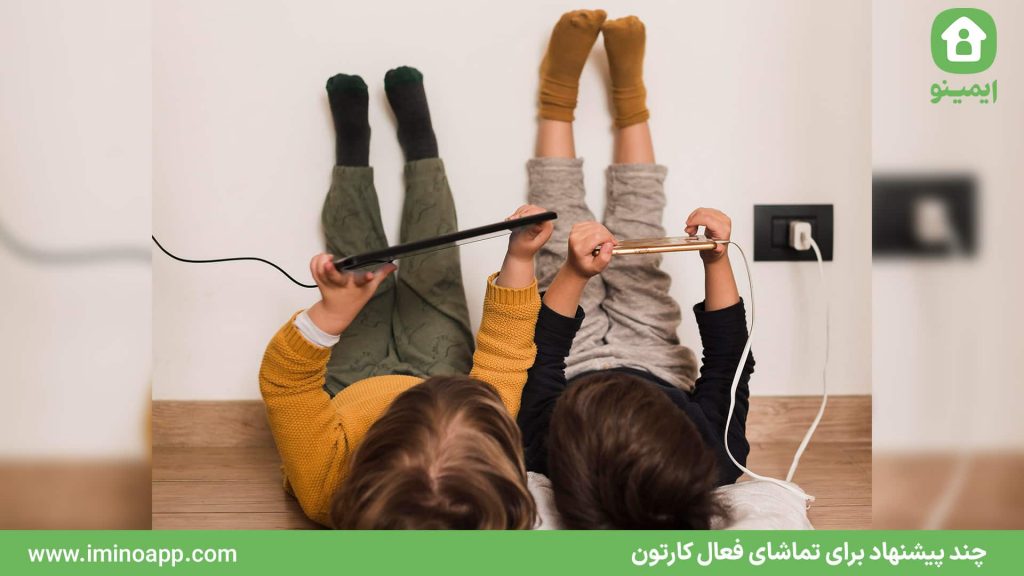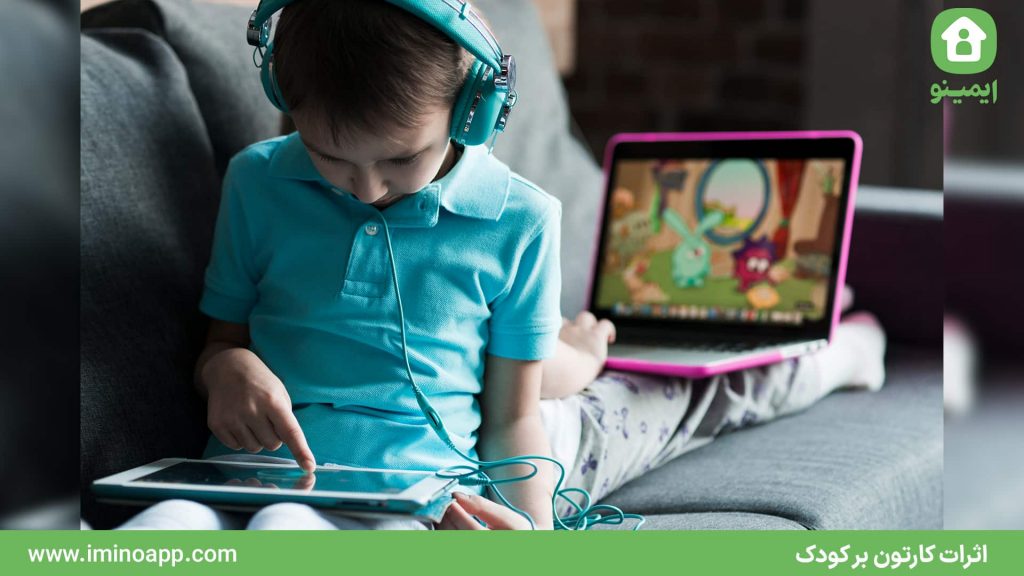A Way to Overcome the Potential Harms of Watching Cartoons for Children
The remarkable growth in cartoon production worldwide, along with easy access to them through various media, has led to a significant increase in cartoon consumption among children. These multimedia contents, are made available to children through Television, satellite channels, and domestic and other platforms, occupying an average of several hours of their daily time.
Apart from the specific harms that each media content may carry, and disregarding nuances such as the compatibility of the culture depicted in domestic and foreign cartoons with the local and family culture of children, as well as concerns related to the child’s physical health while watching these cartoons, it is essential for parents to first actively and critically engage with the world around them and the media they come into contact with. In the next step, they should be sensitive to the style and manner of their children’s interaction with such media.
In other words, after initial assessments regarding the age and cultural appropriateness of cartoon content, parents need to be aware of the media design that disarms children in the face of this volume of engaging media content and strive to adopt methods to counter this design.
Parental Control Software (Parental Protection) as a Way to Assist Parents
In this regard, some programs known as parental control act as assistants for parents and, particularly by leveraging the capabilities of artificial intelligence-based technologies, provide some initial frameworks for content filtering and mitigating significant harms. The “Imino” program and website are among such programs, striving to assist parents in monitoring and managing their children’s media content consumption. However, as our explanations clarify, Imino alone will not be able to address all the harms, issues, and challenges that arise from children’s consumption of media productions and digital games. Therefore, it is essential for the most critical pillar of upbringing—parents—to enhance their awareness of the fundamental mechanisms of media in the world and, with time and patience, take responsibility for managing and supervising their beloved child’s media consumption.
Learn More: Imino, one the Best Parental Control Applications in the World | Parental Control or Parental Supervision

The Purpose of Media Productions
To elaborate further, it should be noted that media productions are aligned with their producers. Accordingly, these media productions reflect the goals and, in a sense, the ideologies of their managers and material and intellectual supporters.
This matter gains doubled importance for children, as they, likely more than other age groups, become immersed in the events and content of cartoons. Sometimes, they do not distinguish between imagination and reality and feel a greater sense of identification with cartoon characters. As a result, they lack the ability to resist the explicit and implicit messages of cartoons and are more affected by them than others.
This susceptibility, depending on the ideology governing that media stream, whether domestic or foreign, may challenge your upbringing principles and cultural and family norms, thereby causing disruption and disturbance in the child’s growth path.
Naturally, recognizing and being aware of media designs for different audiences, including children, is one of the first steps that enables resistance against the potential and anti-educational harms of media content consumed by children. This helps parents, while paying attention to this matter, to review their own and their beloved child’s media consumption management.
In other words, if parents have a simplistic, recreational, and ideology-free perception of media content or lack sensitivity toward the content consumed by their children through domestic media such as Nahal and Pooya channels or licensed domestic platforms, they will not make any effort to actively engage or resist it, leaving their children unprepared in the face of this media content.
With these explanations, what seems necessary is a change in parents’ attitudes toward media and a commitment to the style and manner of children’s media consumption. In other words, shaping the quality of children’s media consumption is of high importance and can only be achieved through parental participation. However, to realize this, which ultimately leads to reducing the potential harms of cartoon consumption among children, attention to certain principles and points is essential, and an effort will be made to address the most important of them in the continuation of this article.

Several Suggestions for Active Cartoon Watching
As previously stated, the first step in actively engaging with children’s media consumption is parents’ awareness of the potential dangers and harms of content such as cartoons, which, based on the ideologies governing each media, have their specific orientations and forms. In other words, parents who themselves lack a comprehensive and correct understanding of media and media content will not be able to take effective steps or act correctly in supporting their children’s media upbringing and growth. However, this awareness, which is also relative and improves over time, is the first station and the beginning of the long path of media upbringing, requiring subsequent decisions and continuous efforts.
Below, we discuss some positive actions that help reduce the adverse effects, risks, and potential harms of cartoons on children’s mental and emotional well-being:

- Accompanying the Child While Watching Cartoons: Unfortunately, one of the greatest harms in this area is leaving the child alone with media content. It should also be noted that there is no significant difference whether that media is from television channels or international platforms such as YouTube, etc. The potential harm to a child left alone and unattended in front of such content and media is almost equal. To elaborate, if we consider the child’s media consumption as part of their collective life and a step in their upbringing and growth, and, as some parents prefer, do not leave the child alone in front of the TV or mobile screen, there is no justification for leaving preschool children, especially for long hours, in front of content that appears suitable and aligned with age and cultural requirements. Therefore, it is even more unacceptable to leave children in front of cartoons that are not suitable for their age group and family culture, as it is educationally harmful.
In this regard, it is suggested that, first, the prelude to watching a cartoon be set through a conversation between the parent(s) and the child, initial explanations about its nature be provided, and, more as an observer and facilitator, the child’s concerns be heard. Second, by determining the viewing time, the amount of media consumption should be specified by parents, and efforts should be made to gradually base this timing not on the duration of the media content but on a schedule agreed upon and established with the children. Regarding the amount of such content consumption, the views of media literacy experts, psychologists, and child counselors vary, but there is a relative consensus that media consumption exceeding two hours per day for children over two years old will be harmful. Such a consensus also exists regarding the prohibition of media content viewing for children under two years old, as recommended by these experts.
- Raising Various Questions and Inviting the Child to Discuss the Cartoon: Educational counselors and media experts suggest that parents, while jointly watching media content, engage the child’s mind with some challenges and questions about the characters, storyline, and similar matters. Naturally, these conversations take place during pauses in the cartoon (if possible) or before and after it, in a warm and friendly atmosphere, so that, after some time, the child voluntarily expresses similar concerns and raises such questions. Asking about the reasons behind cartoon characters’ behaviors, the possibility of substituting other behaviors and dialogues, etc., helps the child, who is otherwise left unguided in front of a multitude of unasked questions, to express at least some of their questions about the watched cartoon. Indirectly, this challenges the inevitability of the intended content and, in a creative way, paves the way for new paths in watching and useful imaginative activities.

- Creating Stories with the Help of Watched Content: The mind and memory of a child in the early years of life are in the process of experiencing and accumulating experiences. Therefore, watching any media content serves as their first encounters with the world of imagery and imagination and can have wide-ranging positive and negative effects on the child’s mental and emotional state. For this reason, the process of active watching by the child and parents is not limited to one or two hours of appropriate media content, and it is essential to continue after the viewing ends. In this regard, in addition to continuing conversations, raising newer questions, and challenging the actions of cartoon characters, which are done by parents and the child, other complementary methods are also suggested by experts. For example, to leverage the child’s creativity and imagination, which did not find an opportunity to be recorded during cartoon watching, it is recommended to use drawing or play as a complement to active media watching. To elaborate, after concluding discussions about the cartoon, the child can be asked to retell their desired story with the cartoon characters or draw the continuation of the story on paper. Creating a two- or three-person game based on the cartoon’s story is another action that can serve as an additional complement to the active and joint watching by the child and parents.
#Imino #WithYou